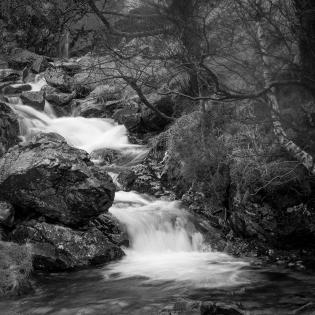What Is a Watershed?
The purpose of the lesson is to educate learners about watersheds, ways in which water pollution occurs, and how important proper use of watersheds is to them. After understanding the importance of the watersheds, they will recognize that wise usage of their local watershed is an example of stewardship.
The learner will:
- write a definition of a watershed.
- list three reasons why it is important to protect their watershed.
Maps of your local watershed
Instructions
Anticipatory Set:
Ask the learners to write ten ways that they use water on individual sticky notes. As a group, organize their responses on a chart. The students can work together to make categories and add more ideas. Example categories might be Recreation, Health, Household, and Work.
Write the word watershed on the board. Ask learners for definitions. Provide a simple definition for a watershed – a land area in which all the water within the boundary drains into a river, lake, or other body of water. Boundaries are high points of land that slope down toward the body of water. All water in our area is part of a common watershed, and the Earth is made up of numerous watersheds, some containing more of the Earth’s (fresh) water than others.
Look at a local watershed map to see where they are located in their watershed and where the rivers, streams, and lakes flow.
As you look at this map, discuss how the health of a watershed is determined by many factors, including the use of land throughout the watershed, and what pollutants may be put into the watershed. Are there factories that produce heavy metals? Are there farms that use nitrates from fertilizers and livestock waste? Are there small businesses using things that might pollute the watershed?
Knowing that all water in a watershed flows to a common area, where in the community would there be the most pollutants?
Discuss ways in which pollution could occur: run-off of crop and forest land, failing septic systems, construction sites, irrigation drainage systems, automobile exhaust, etc. How can waste materials like old motor oil, pesticides, and raw sewage (from overflowing septic tanks) get into the watershed?
Generate a list of why it is important to protect their local watershed.
Explain to learners that it is important to know that the responsible use of watershed is an example of stewardship. We live on this Earth and we need to take care of it for ourselves and for those who come after us.
Philanthropy Framework
-
Strand PHIL.IV Volunteering and Service
-
Standard VS 01. Needs Assessment
-
Benchmark MS.1 Identify a need in the school, local community, state, nation, or world.
-
-
